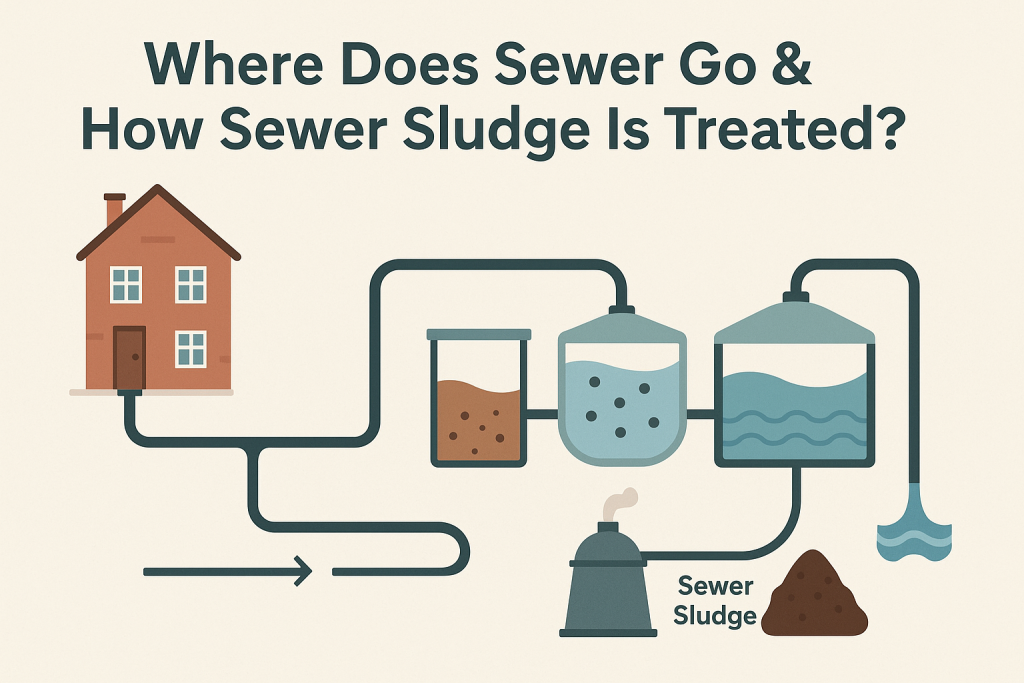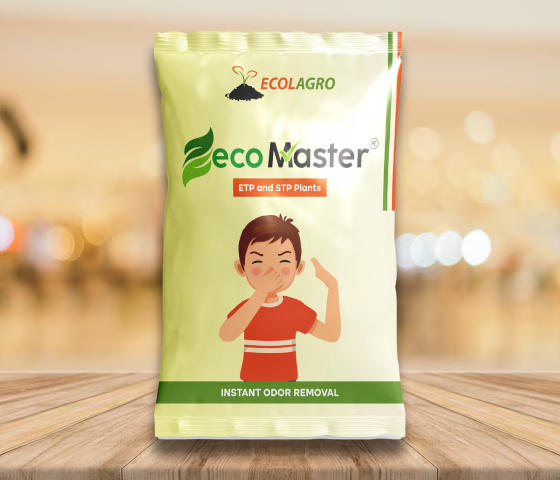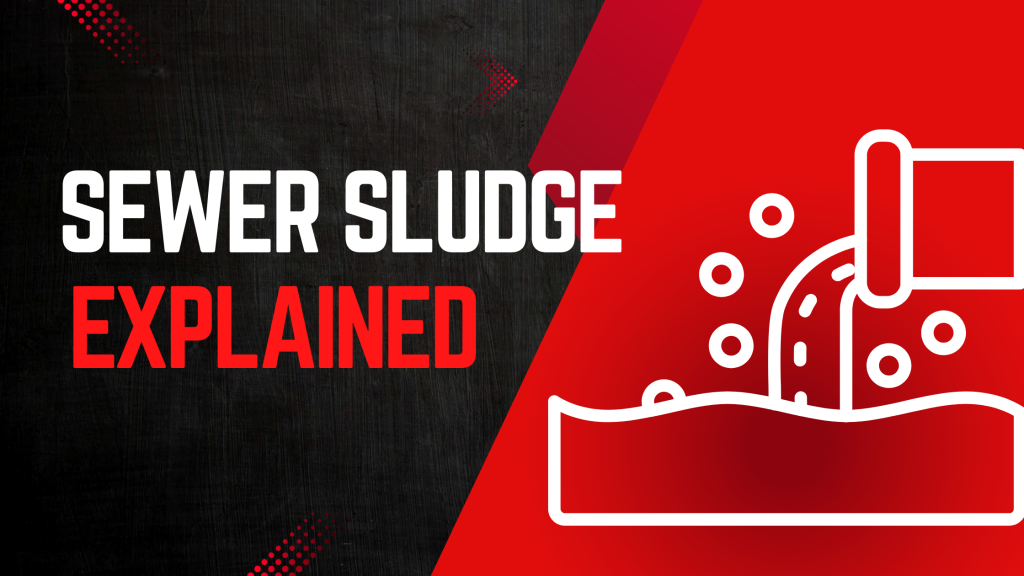Ever wondered where does sewer go once it disappears down the drain? It’s easy to forget about wastewater the moment it swirls away, but there’s a complex and fascinating journey happening beneath our feet. A big part of that journey involves dealing with sewer sludge, the leftover solid waste from sewage treatment. Let’s take a closer look at what happens to wastewater and how sewer sludge is managed sustainably.
Where Does Sewer Go?
When you flush a toilet, drain a sink, or run your washing machine, the wastewater flows through a network of underground pipes known as the sewer system. Here’s a step-by-step breakdown of its journey:
-
Collection System:
All wastewater from homes, businesses, and industries is collected through gravity-based or pumped pipelines that lead to a treatment facility. -
Sewage Treatment Plant:
At the treatment plant, the water undergoes several stages of purification:-
Primary Treatment: Large solids are screened out, and sedimentation tanks let heavier particles settle.
-
Secondary Treatment: Microorganisms break down organic matter.
-
Tertiary Treatment (in some plants): Further treatment removes nutrients and pathogens for even cleaner water.
-
-
Discharge or Reuse:
Once treated, the clean water is either:-
Released into nearby rivers, lakes, or oceans.
-
Reused for landscaping, industrial processes, or even further purification for drinking.
-
But while the water is cleaned and often reused, sewer sludge remains behind.
What Is Sewer Sludge?
Sewer sludge, also known as biosolids, is the thick, semi-solid material left after the wastewater treatment process. It contains organic matter, nutrients, pathogens, and sometimes heavy metals or industrial contaminants. Managing this sludge is one of the most important—and challenging—aspects of sewage treatment.
How Is Sewer Sludge Treated?

Sludge treatment focuses on reducing volume, removing pathogens, and making it safe for disposal or reuse. The main stages include:
-
Thickening:
Sludge is thickened to reduce its water content, making it easier to handle and process. -
Stabilization:
Biological or chemical methods are used to break down organic materials. Common processes include:-
Anaerobic digestion (without oxygen)
-
Aerobic digestion (with oxygen)
-
Lime stabilization
-
-
Dewatering:
Further removes water using centrifuges, drying beds, or filter presses. This step reduces weight and cost for transportation. -
Final Disposal or Reuse:
-
Land application: Nutrient-rich biosolids are used as fertilizer in agriculture or landscaping.
-
Composting: Mixed with organic material to create safe, rich compost.
-
Incineration: Burned to reduce volume and produce energy.
-
Landfilling: As a last resort, sludge is buried in designated landfills.
-
The Future of Sewer Sludge Management
With rising urban populations and stricter environmental regulations, the focus is shifting toward sustainable sewer sludge management. Innovations like energy recovery from sludge, producing biogas through digestion and converting sludge to biochar or building materials are leading the way in turning waste into resources. So, where does sewer go? It goes on a long, carefully managed journey through treatment plants and beyond. And sewer sludge, while messy and complex, can be transformed into something useful with the right treatment methods. Understanding this process helps us appreciate the hidden systems working to protect public health and the environment—one flush at a time.
Try Ecomaster ETP STP Plant For Sewer Sludge Treatment
Try Ecomaster ETP/STP Plant Solution for efficient and eco-friendly sewer sludge treatment. Specially designed for Effluent and Sewage Treatment Plants, this advanced bioculture accelerates the breakdown of organic waste, reduces sludge volume, controls foul odors, and enhances overall plant performance. Powered by high-efficiency microbial strains, Ecomaster ensures faster digestion of waste, improved BOD/COD reduction, and better compliance with environmental discharge standards. Safe, sustainable, and cost-effective, it’s the ideal choice for keeping your treatment systems clean, compliant, and clog-free.


